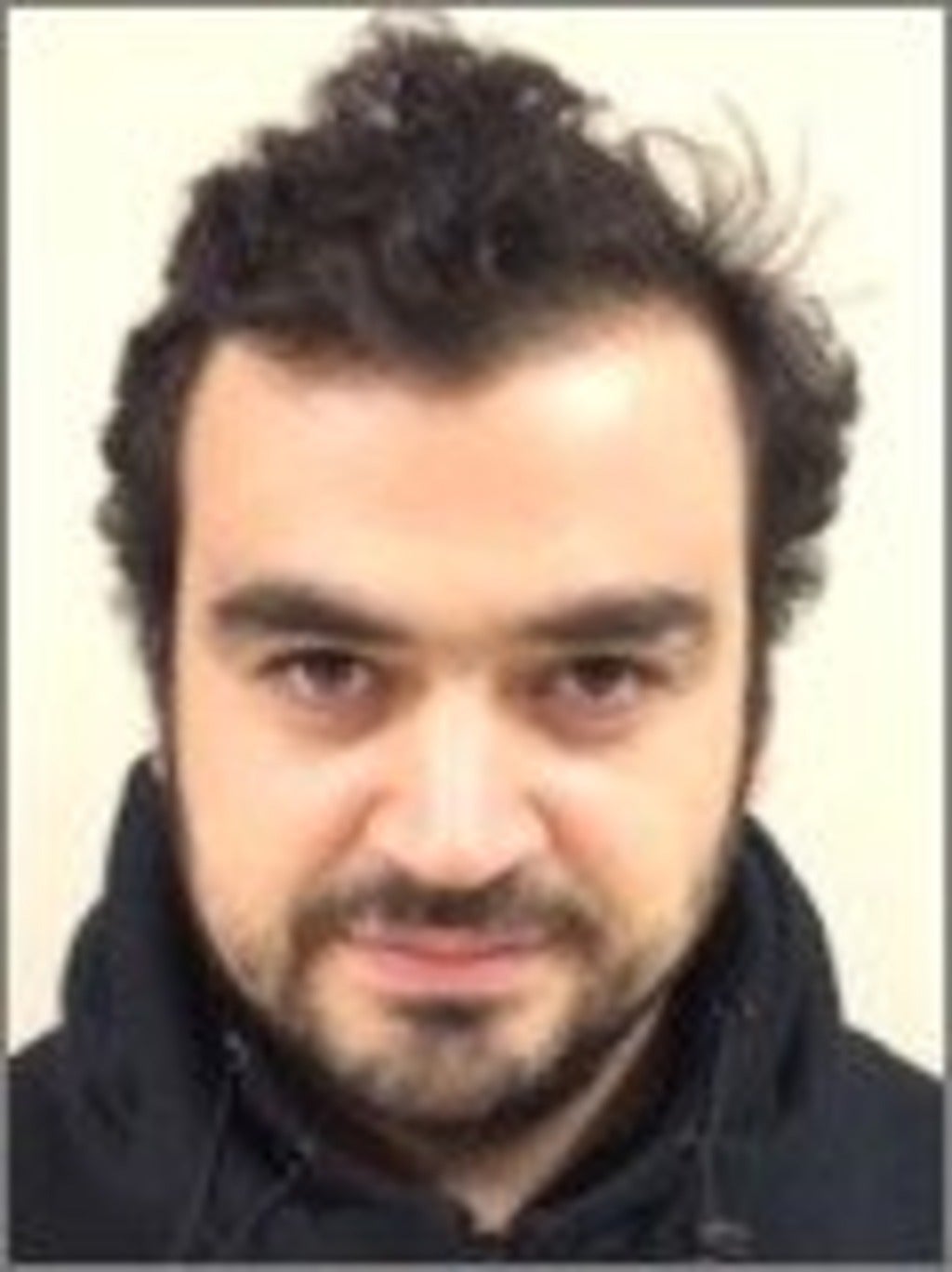PhD Thesis Defence
Multi-level control in large-anharmonicity high-coherence capacitively shunted flux qubits
PhD Candidate: Muhammet Yurtalan
Supervisors: Adrian Lupascu and Zbigniew Wasilewski
Thesis on display in the Engineering graduate office, E7-7402.
Oral defence in EIT 3142.
